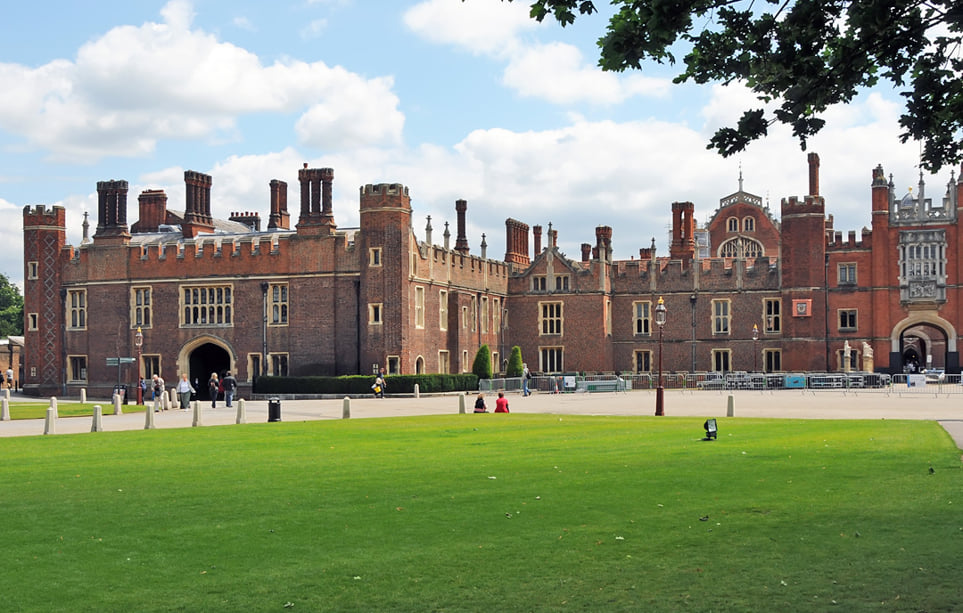Richmond Hampton Change of Use: A Comprehensive Guide to Planning and Process
In the vibrant and historic areas of Richmond Hampton, property development and adaptation are in high demand. Among the most transformative aspects of property development is the Change of Use process, where a building or land is repurposed for a different function. This article delves deep into what Change of Use involves, its significance in Richmond and Hampton, the steps required, and the potential challenges property owners might face. For investors, homeowners, and developers alike, understanding this process can be the key to unlocking new opportunities in this dynamic area.
What is Change of Use?
In simple terms, a Change of Use refers to altering the purpose of a property from one classification to another, as defined by the Use Classes Order in the UK. The purpose of a building, whether commercial, residential, or mixed-use, determines its “use class.” Changing that purpose often requires approval from the local authority, depending on the specific change and the planning regulations in place.
In Richmond and Hampton, properties may fall under several categories, including:
- Residential (C3) – For homes and private dwellings.
- Commercial (B1, B2) – For offices, factories, and other industrial spaces.
- Retail (A1, A2) – For shops, banks, and other service establishments.
- Leisure (D1, D2) – For community spaces like gyms, cinemas, and schools.
Changing the use of a property requires careful consideration of local planning laws and the potential impact on the surrounding community.
Why Change of Use Matters in Richmond and Hampton
Richmond and Hampton are areas with a strong mix of historical charm and modern development. These districts are known for their high property value and appeal to both residents and businesses. The demand for residential, retail, and commercial spaces in these areas continues to grow, and many property owners seek to maximize the value of their assets by altering their use.
For example, converting an unused commercial building into residential flats or turning a residential property into a boutique café or shop can significantly increase the property’s profitability. Change of Use allows for flexibility in adapting to market demands and trends, making properties more attractive to potential buyers or tenants.
The Planning Process for Change of Use in Richmond and Hampton
The process of obtaining permission for Change of Use can be intricate, especially in areas like Richmond and Hampton, where historical preservation and community impact are key considerations. Here is a step-by-step breakdown of the process:
- Understanding the Use Class: The first step is to identify the current use class of the property and the desired class after the change. Not all changes require planning permission, especially if they fall within “permitted development rights.”
- Consulting Local Planning Authority (LPA): The London Borough of Richmond upon Thames is the local planning authority responsible for managing applications in both Richmond and Hampton. Consulting the LPA early on helps ensure compliance with local policies, especially regarding conservation areas and listed buildings.
- Planning Permission: Depending on the scale and nature of the change, you may need to apply for planning permission. For example, changing a residential property into a restaurant or retail space typically requires approval. Additionally, properties in conservation areas or listed buildings may have stricter regulations.
- Building Regulations: After receiving planning permission, the proposed changes must comply with building regulations to ensure that the property is safe and suitable for its new use. This includes fire safety, accessibility, and structural integrity.
- Community Impact Assessment: In some cases, especially for large commercial changes, developers must demonstrate how the Change of Use will impact the local community. This assessment considers factors like traffic, noise, and local services.
- Public Consultation: In areas like Richmond and Hampton, public consultation may be required to gauge local sentiment about the proposed changes. This is especially important for changes that might alter the character of the neighborhood, such as turning a residential home into a large retail space.
- Final Approval: Once all assessments and consultations are completed, and if the local authority approves, the Change of Use can proceed. It’s crucial to ensure that all legal and regulatory requirements are met before beginning any construction or renovation.
Challenges in Richmond and Hampton
While Change of Use presents exciting opportunities, there are challenges unique to Richmond and Hampton due to their rich history and community-driven planning approach:
- Conservation Areas: Large portions of Richmond and Hampton fall under designated conservation areas, where changes to property use, especially involving external alterations, are closely regulated to preserve the area’s historic character.
- Listed Buildings: Richmond and Hampton are home to many listed buildings, meaning any Change of Use must be sensitively handled to maintain the property’s historical integrity. Developers often face restrictions on what changes can be made, both internally and externally.
- Community Resistance: Richmond and Hampton are known for their tight-knit communities. Any significant change, especially converting residential properties into commercial spaces, may face opposition from local residents who wish to preserve the neighborhood’s charm and livability.
Benefits of Change of Use in Richmond and Hampton
Despite the challenges, Change of Use in Richmond and Hampton can be highly rewarding for property owners and developers. The benefits include:
- Increased Property Value: Repurposing a property for a more lucrative use can significantly boost its market value.
- Diversified Use: Converting an old building or space into something new and modern, like co-working spaces, boutique shops, or luxury flats, can cater to the changing needs of the market.
- Community Revitalization: Change of Use, when done thoughtfully, can bring new life to underused buildings, contributing to the vibrancy and economic health of the area.
- Meeting Market Demand: As Richmond and Hampton continue to grow in popularity, the need for diverse spaces—whether residential, retail, or office—keeps rising. Changing the use of properties can help meet this demand while maximizing profitability for property owners.
Final Thoughts
Navigating the Change of Use process in Richmond and Hampton requires a careful blend of strategic planning, legal knowledge, and sensitivity to local concerns. Whether you’re an investor looking to convert a commercial space into high-end apartments, or a homeowner considering turning your residence into a retail unit, understanding the steps involved can make the process smoother and more efficient.
Working with experts in planning permission, local building regulations, and community relations can help you make the most of this transformative process while ensuring your project aligns with Richmond and Hampton’s character and development goals.
Change of Use is not just a technical adjustment—it’s an opportunity to reinvent properties, unlock new potential, and contribute to the evolving landscape of these historic and prestigious areas.



No responses yet